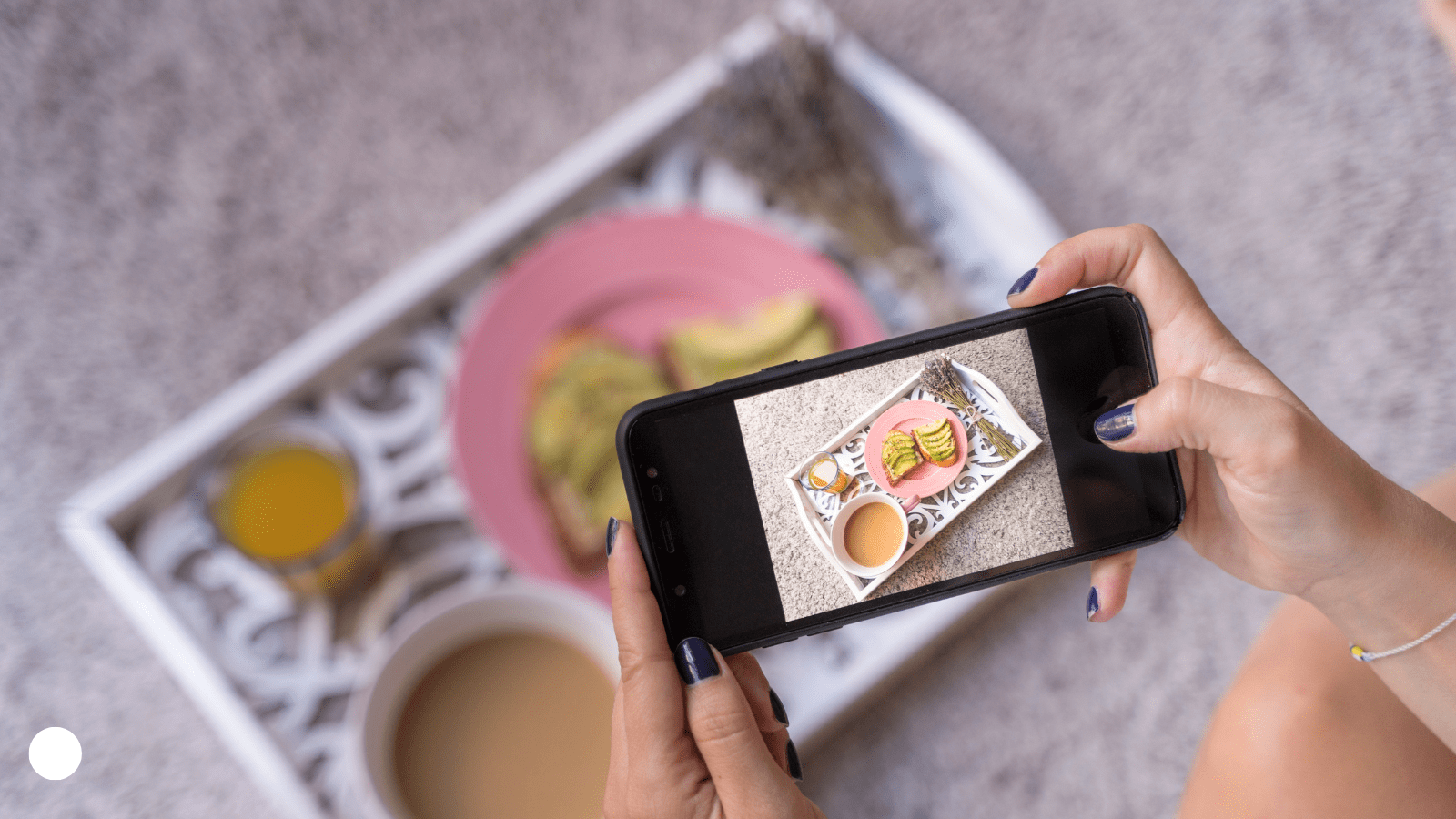
The Secret Ingredient Behind Making Food Brands Go Viral
Let me introduce myself as a 25-year-old marketing assistant who spends far too much time on TikTok. Yet all of this scrolling, combined with being immersed in a recruitment business operating within the food and drink industry, has got me thinking. What is it that makes food brands go viral?
Whether it's ‘my eyes eat first’ or just the creative appreciation of food advertising, lunchtime strolls into Marks and Spencer have slowly formed an addiction to picking up trending items and giving them a review myself. It started over Easter with the launch of their themed hot cross buns and speckled egg cookies, with the retailer selling 142,000 packs of cookies over easter weekend. Whilst both of these sweet treats scored high on my ranking, we know it is more than good taste.
Is this just good luck? Or smart branding?
But what makes the food go viral before people have even tasted it? And how can brands consistently capture that kind of attention on social media? It starts with building the hype. A couple of weeks before the launch drop, we see sneak peeks from M&S bakery, using trending audio with coming soon clips. They leave us with just enough information to get excited and keep our eyes and noses out in the store. Consumers then learn about location drops, limited edition features and seasonal launches. “I don’t know how long they will be in store for!” “Every time I visit my local branch, they are not there!”. Soon enough, you’re faced with the lime green sticker saying, ‘We will be back soon!”… just enough teasing to make you return one more time.
The pre-launch exposure on social media is a clever tactic. Consumers are already familiar with the packaging and appearance, we know what we are looking for and where to find it. M&S branches have already shown us on TikTok what section of the supermarket the item will be located in, all we need to do is find it.
With over 1 billion active users, TikTok has become the number one influencer platform, successfully turning a desirable product into a must-have item. It has produced so much hype and demand that as soon as we see the item, we are ready to pounce. Having watched video after video about the viral food products, and learning about how it tastes, smells, and (if you are into ASMR, sounds), we’ve actually experienced the product through the eyes or screen of somebody else.
Millions of likes and views are spread across food review videos, from What I Eat in a Day (WIEIAD) or wacky food combinations. It’s clever, by partnering with brands to promote certain products, food brands will target the most successful content creators to review their products, and influence others to see why it is a must-have.
Packaging as clickbait
Packaging design is a key component of viral trends, as we touched on earlier. But when you think about it, packaging is evolving to be “social first”. M&S hit the nail on the head with appealing to the influencer generation in terms of design. From hip typography and Gen Z language, to bold and playful packaging, they’ve tuned into their audience (arguably a shift from an older target audience to a younger one) and it is proving once again why every item from its food hall is desirable.
It seems to be a recipe of strategic hype-building, FYP competition and a sprinkle of the fear of missing out (FOMO). We’ve learnt that products need to be influencer-ready before shelf-ready. Retailers are no longer just selling products; they are selling experiences that can go viral, or instantly flop. It’s a tough game. Getting the balance right is crucial, which is something that M&S have absolutely nailed. Product and content go hand in hand, and whilst taste is super important, it is the desire and psychological tricks, originating from social media platforms, that are the real revenue generators. Colin the Caterpillar and The Big Daddy may be taking a back seat, but for now, I’ll keep scrolling and running to the M&S food hall, every other day.
